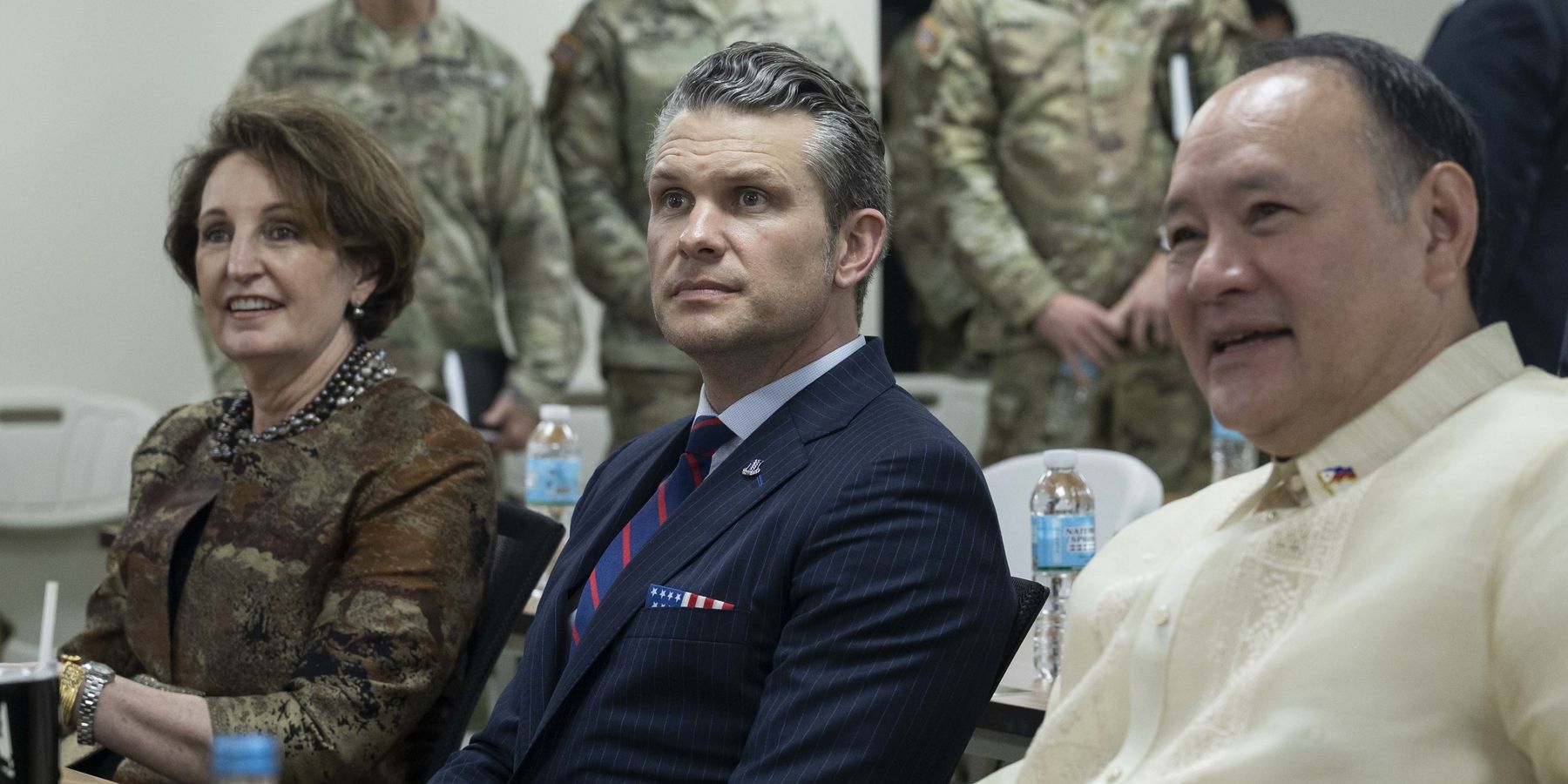The latest iteration of the most prominent of the U.S.-Philippine annual military exercises — Balikatan — kicked off today with 14,000 American and Filipino troops participating.
In addition to the two Pacific allies, Australian and Japanese militaries are actively involved in the exercises. In addition, observers have been sent from 19 nations including Canada, Colombia, Czech Republic, Germany, Poland, the United Kingdom, Vietnam and Poland.
Robust drills will take place in Palawan, adjacent to a portion of the South China Sea that an international tribunal at the Hague ruled in 2016 as being a part of the Philippine Exclusive Economic Zone (EEZ). China has recently stepped up its illegal intrusions and dangerous maneuvers within the Philippine EEZ, leading to clashes with the Philippine coast guard and navy, including a serious one on June 17, 2024 near Second Thomas Shoal.
This clash was followed by a limited agreement between Beijing and Manila on resupplying the small Philippine military contingent based on Second Thomas Shoal, but it did not ease the overall confrontation in the South China Sea.
This year’s Balikatan was preceded by U.S. Secretary of Defense Pete Hegseth’s visit to the Philippines and Japan, during which he reiterated Washington’s “ironclad” commitment to the alliance. This signals major continuity with the first Trump and Biden terms in the region. It was President Biden who inaugurated the new US-Japan-Philippines trilateral, and the second Trump administration appears to be only deepening it.
The trilateral, with Australia also closely involved in what has been dubbed the “Squad,” has in many ways taken center stage in the U.S. strategy for countering China. This has relegated the Quad (the US-Japan-Australia-India grouping), also revived under the first Trump administration, to a lower profile. Unlike the Quad, the Squad has a clear hard security imprint.
Similar to 2024, Balikatan 2025 will feature major drills in the Batanes islands, located north of the main Philippine island of Luzon and only a few scores of miles from Taiwan. Washington is increasingly positioning the Philippines as a vital node in its Taiwan strategy, and the Batanes islands have become perhaps the most critical location in this node.
In 2024, the United States deployed a mid-range capability missile system, Typhon, in Luzon, triggering strong condemnation by China, which saw it as a direct threat. The Typhon system can launch SM–6 and Tomahawk cruise missiles, with ranges of 350 and 1000 miles respectively; the latter enabling strikes deep within the Chinese mainland.
This year, Washington has added the potent anti-ship Navy-Marine Expeditionary Ship Interdiction Systems (NMESIS) launchers on Batanes. The U.S. Indo-Pacific Command (INDOPACOM) has stated that the NMESIS provides “enhanced sea denial capability, deepens naval integration, and strengthens deterrence by extending the Joint Force’s ability to target and engage from both land and sea.”
Adding advanced U.S. war-fighting equipment on Philippine soil marks an escalation in the U.S.-China military rivalry in the Indo-Pacific. The Philippines under President Marcos Jr. is increasingly getting involved in this broader rivalry that goes well beyond the South China Sea. In this sense, Washington’s perceived vital interests and Manila’s — which are not really about Taiwan, but focused on Philippine sovereignty and maritime rights in the South China Sea — have reached an important waystation.
In any event, the American people would be well-served by a robust debate on how vital an interest Taiwan is to the United States. The question going forward will increasingly be whether the two allies can find a way to harmonize their core interests and defend them without provoking China
.
















